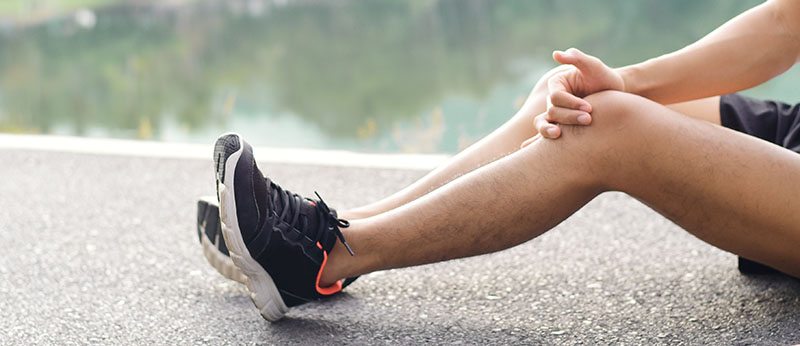

Leave a message

The quadriceps tendon is one of the primary and most essential tendons involved in straightening the knee from a bent position. A small tear will cause pain and make daily activities such as walking difficult. A complete tear can be disabling and will require surgery.
This type of injury typically happens to athletes when there is a heavy load on the leg with the foot planted and the knee partially bent. An example of this would be an awkward landing from a jump - the landing force could cause the tendon to tear.
Aside from sporting injuries, tears can also be caused by falls, direct force to the knee, lacerations or tendon weakness.
Tendon weakness can be the result of several conditions, such as:
When a quadriceps tendon tear occurs, you will often hear a tearing or popping sensation. This will then be followed by pain or swelling, and you may find it difficult to straighten your knee. Other symptoms of a quadricep tendon tear include:
If a person has a complete tear, they will most likely require surgery to repair the tendon. It is often recommended to do the procedure soon after the injury because early repair will prevent the tendon from scarring and tightening in a shortened position. During the procedure, the surgeon will reattach the torn tendon to the top of the kneecap.
The knee will be protected with a knee immobiliser or a leg cast during the recovery period. The patient may also use a brace and crutches. Complete recovery may take between 6 to 12 months.

VISIT US
Suite 113 Melomed Richards Bay, John Ross Highway, Richards Bay, 3900
GIVE US A CALL
035 791 5430